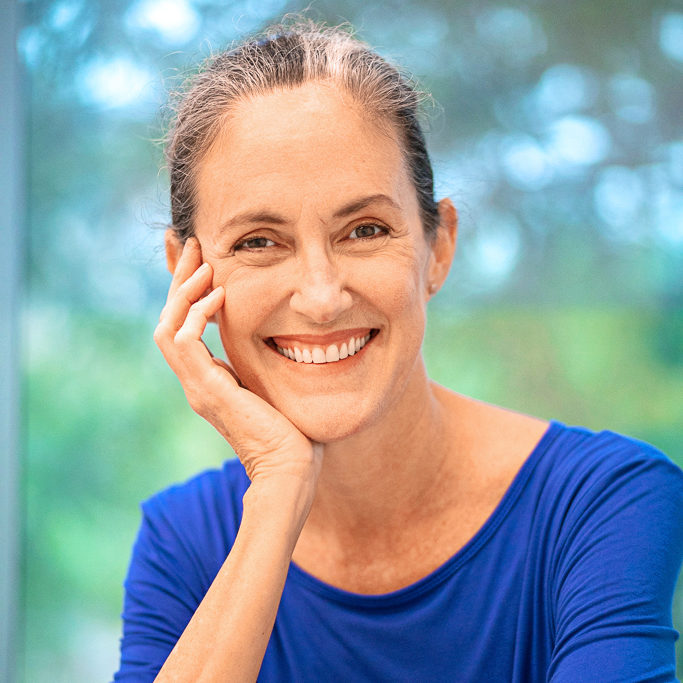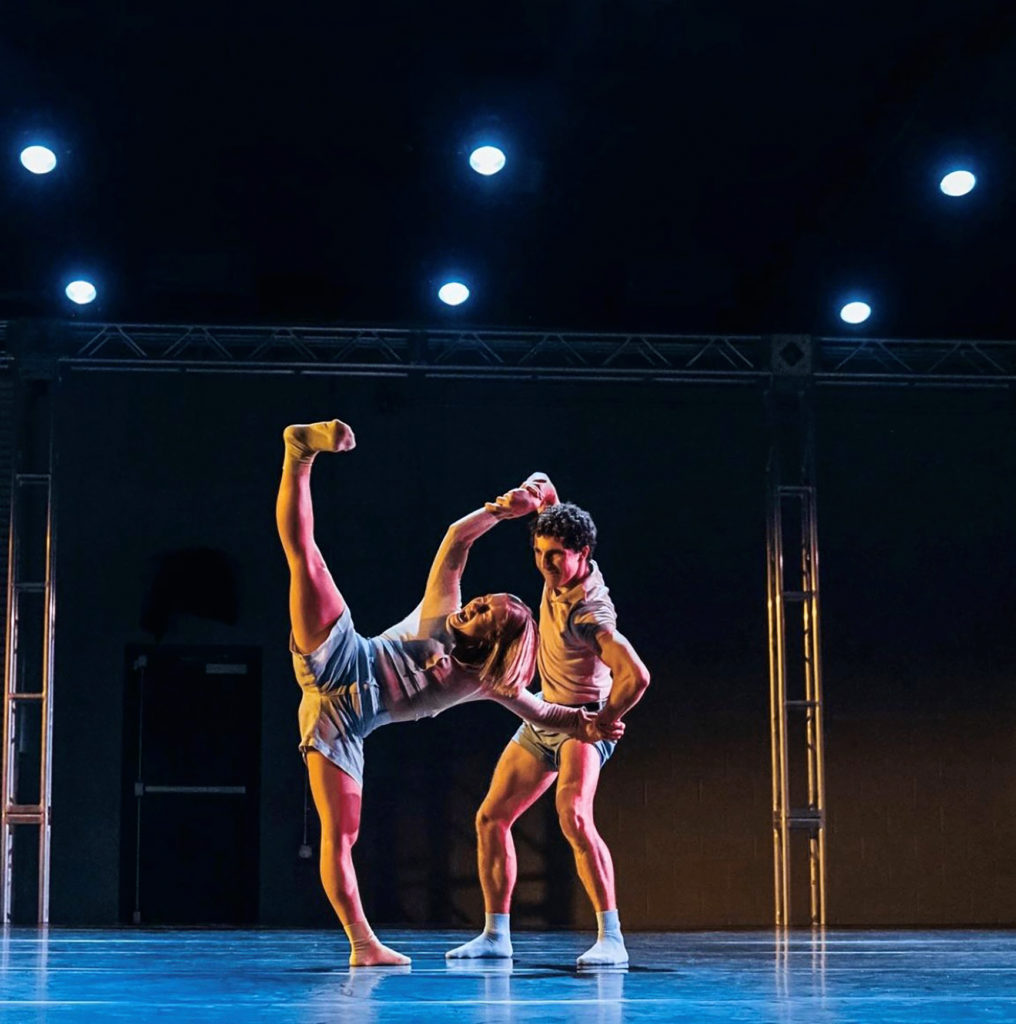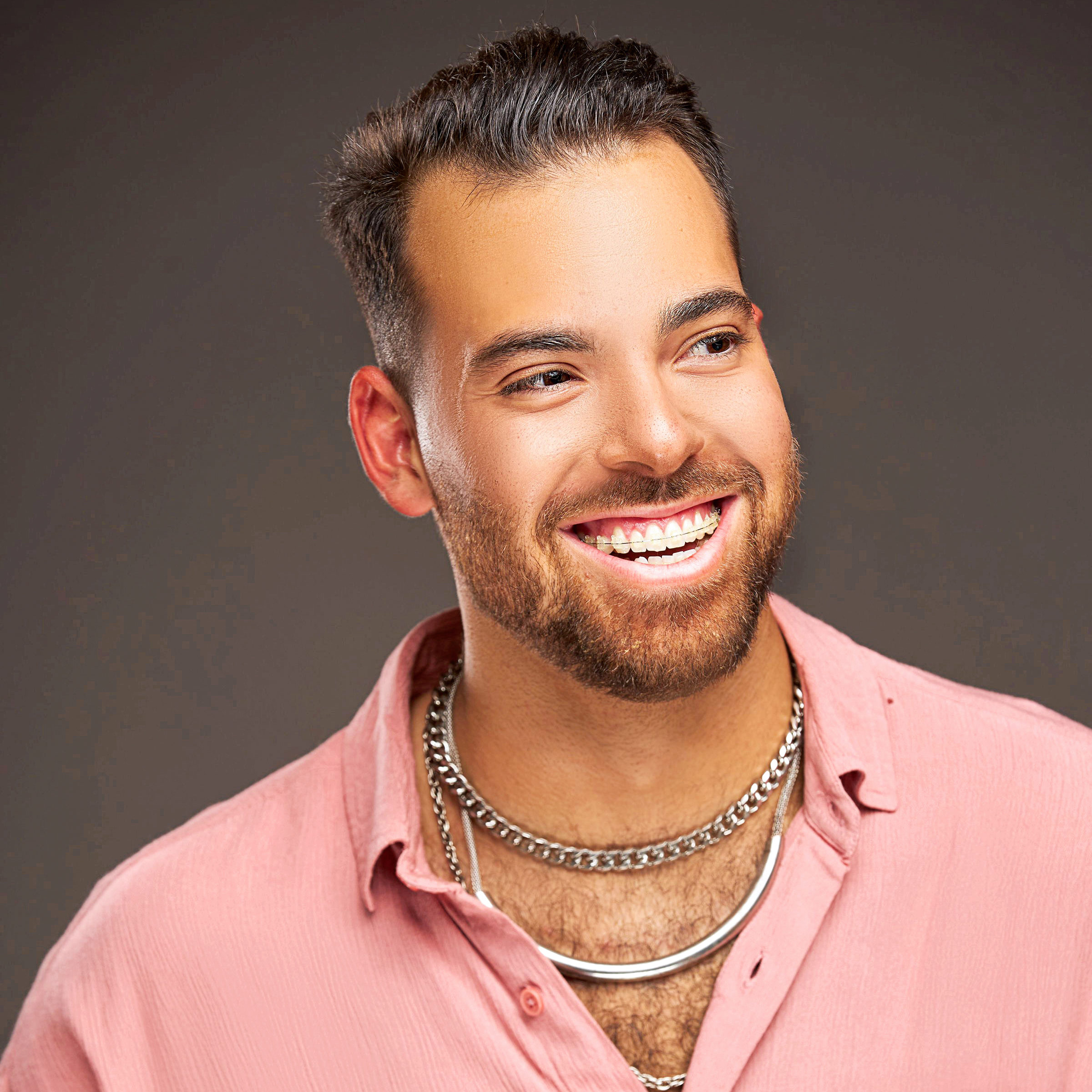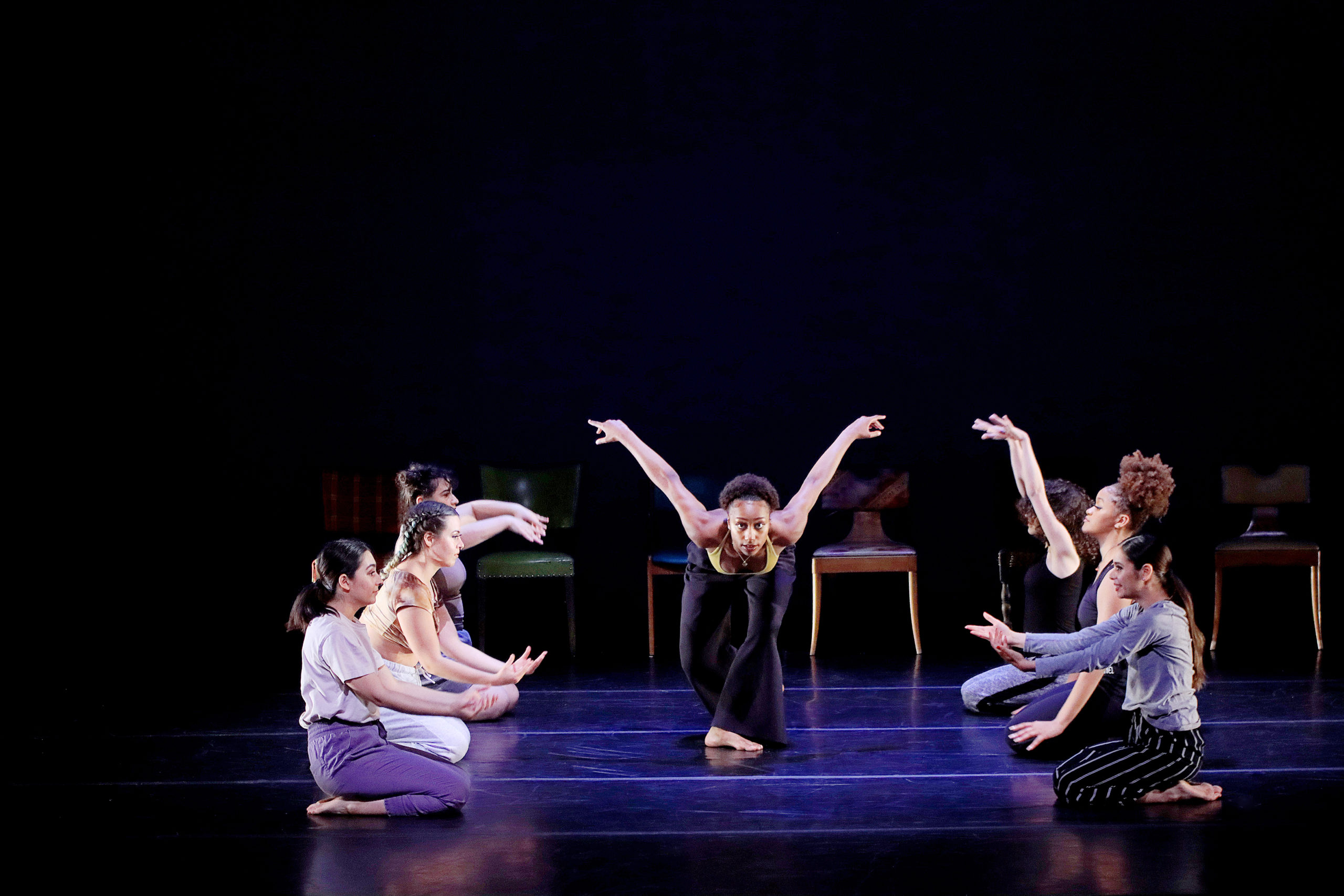Interested in Choreographing During College? Read These Tips Before Stepping Into the Directing Role
For many dancers, college offers a first opportunity to experiment with choreography and produce work for the stage. The availability of dancers, studio space and faculty guidance can give students a safe environment in which to try a new avenue of dance. Karen Stokes, director of the dance department at the University of Houston, encourages dancers to take advantage of choreographic opportunities, even if they’re new to the process of getting a completed work onstage: “Whether or not they end up producing their own work, through the process they learn time management and how to collaborate with other people,” she says. Because getting dance onstage extends beyond choreography, we asked recent dance majors for advice on what to keep in mind when producing work in a college setting for the first time.
Casting and Rehearsals
Attempting to schedule a group of busy dancers to meet at one particular time can be a challenge. “Go into the audition process knowing your schedule and rehearsal times,” says Breyonna Milton, a senior dance major at the University of Houston. Aim to cast dancers with similar availability to make scheduling as easy as possible.

Depending on the school, you may need to make casting choices based on both seniority and availability. Although you may not get your desired group, there may be unexpected benefits. “Sometimes when you’re denied the cast you want and have to troubleshoot working with a different group, that is when really interesting creativity happens,” says Stokes, who has noticed that limitations and boundaries actually push students to create more interesting works. Brian Golden, a 2021 Chapman University graduate, agrees: “Some of the pieces I liked the most I didn’t have my first pick of dancers,” he says.
Respect the time your peers are devoting to your work and come to rehearsals with ideas in mind. “I always came in prepared with movement and ideas to explore,” says Golden, who aims to make sure every dancer in the room is always working on something. As choreographer, it’s your job to keep everyone engaged. Whether that means prepared phrases, lifts to try or concepts to experiment with, beginning rehearsals with an agenda shows respect for your cast.

Production Decisions
As the show approaches, you’ll need to make a number of production decisions. When selecting costumes, keep in mind the type of movement your dancers will be doing, advises Milton. She envisioned a silk dress for the first piece she choreographed, but realized her dancers’ range would be restricted in that type of material, so she asked the costume designer to cut slits into the sides of the dress. “Always have a backup costume ready and keep a sewing kit close,” says Milton.
Because of the technical complexity involved in lighting dance for the stage, the idea of communicating your vision with a lighting designer can be daunting. Golden suggests telling the designer what the piece is about, then letting them guide you through the process. “If you walk into a room with a collaborator and know exactly what you want, then it’s not a collaboration,” says Golden. Send the lighting designer a video of your work and notes about the mood and colors you envision before you meet.
Take advantage of opportunities your school offers to learn about the production elements of a show. Dance majors at Chapman University take a dance productions course their junior year, which gives an overview of lighting, costuming, show structure and collaborating with composers. The University of Houston holds a choreography showcase every fall that is solely produced by students—they handle everything from lighting design to selling tickets.

There’s an enormous sense of accomplishment when seeing a work you created performed onstage, and experimenting with choreography in college may even expand your career goals. “I enjoy it so much that I switched from wanting to be a dance therapist or teacher to now wanting to be a choreographer,” says Milton. Brian Golden knew he wanted to be a choreographer and used his time in college to sharpen his skills. “I wasn’t the best dancer, but I told myself I could be the best choreographer,” he says. Golden focused on submitting to festivals and applying to grants while at Chapman, and postgraduation he has presented work with Battery Dance, the Martha Graham Dance Company and Doug Varone.





